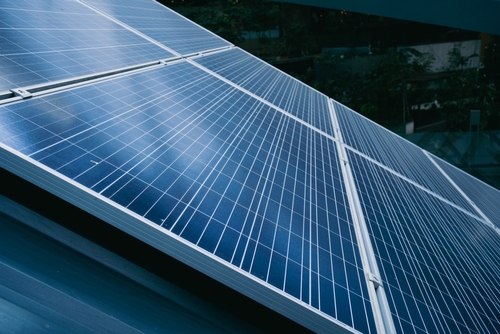
By combining the techniques of hydrometallurgy and electrochemical deposition, researchers at the University of Camerino in Italy have been able to boost the recovery rate of silver from spent solar cells to 98.7%. Compared to conventional approaches, this approach is also environmentally friendly.
Recovering metals from a product can usually be accomplished by leaching, but this has proven difficult to execute in spent solar cells as the reduction potential values of copper and silver are close. The team at the University of Camerino initially proposed using a base-activated persulfate with ammonia, where the persulfate acts as an oxidizing agent. The reaction produces copper oxide, which acts as a protective layer and prevents its own leaching. They tested the process with multiple variables, such as: the concentration of ammonia in the solution; the amount of solar cell waste used; the concentration of persulfate used; and the total reaction time. Conditions – including temperature and a stirring speed of 300 rpm – remained unchanged in the experiments. The researchers found that ammonia concentrations of 0.5 M and 0.2 mol per liter of persulfate, along with a reaction time of 60 minutes, worked best and separated silver with 85% efficiency.
Then, in order to improve the efficiency, they decided to use the electrodeposition-redox replacement (EDRR) approach which had previously been reported to successfully in separating a highly pure form of silver from a leachate that contains copper ions. This approach is also advantageous as it can work directly with the leachate and does not require adding other chemicals. The EDRR technique proved to be highly selective of silver and recovers precious metals with a high efficiency of 98.7%, making it highly favorable over conventional processes.
